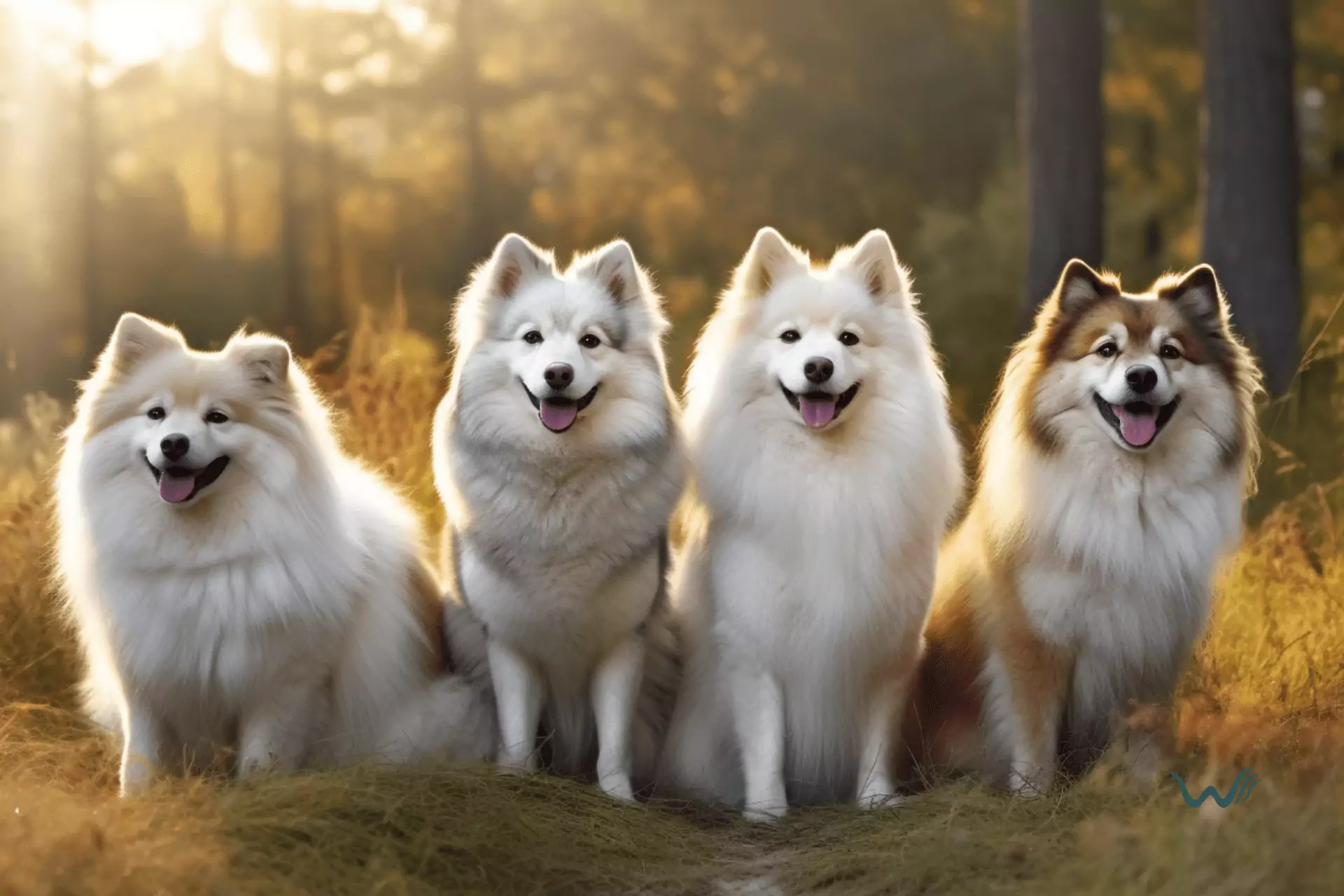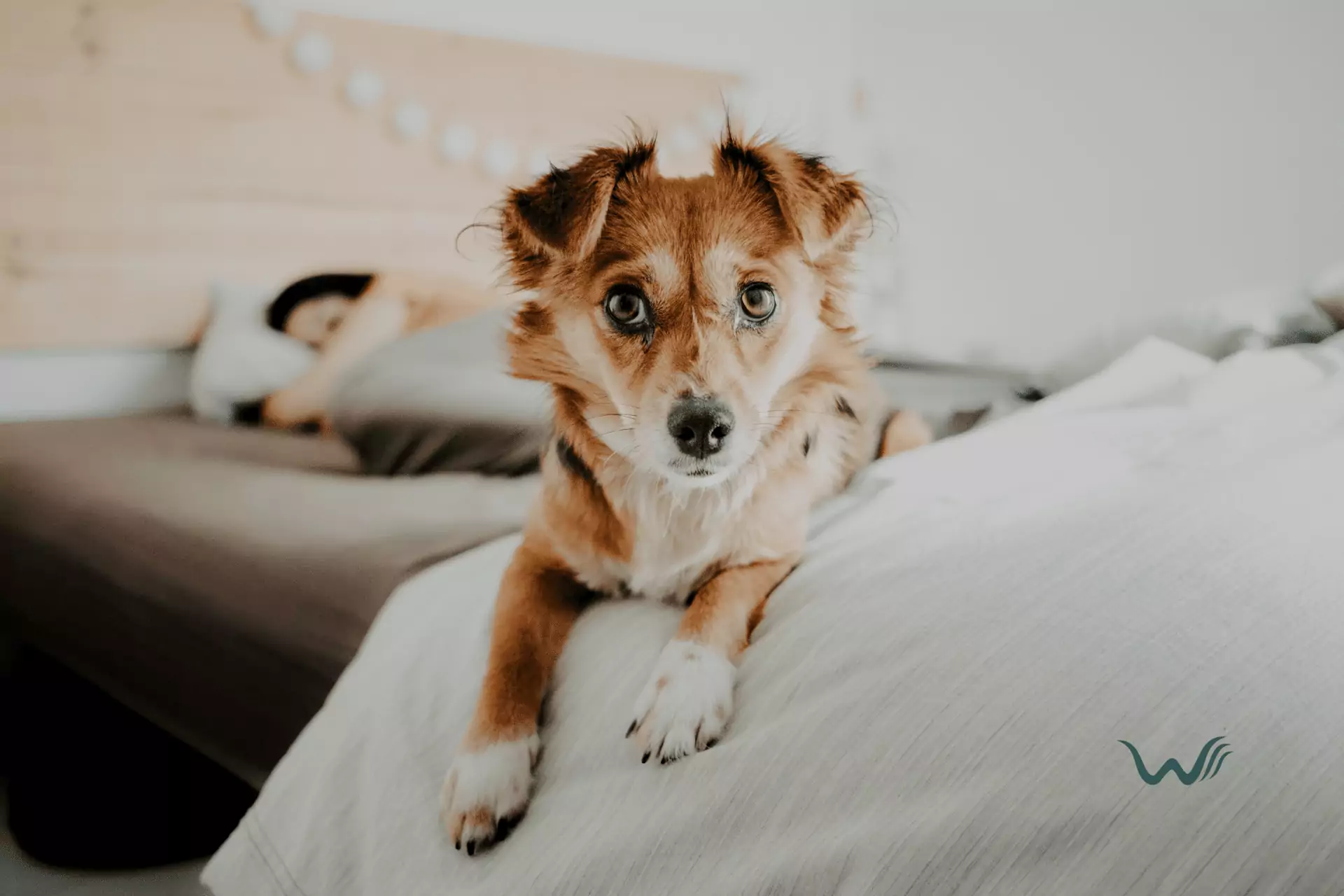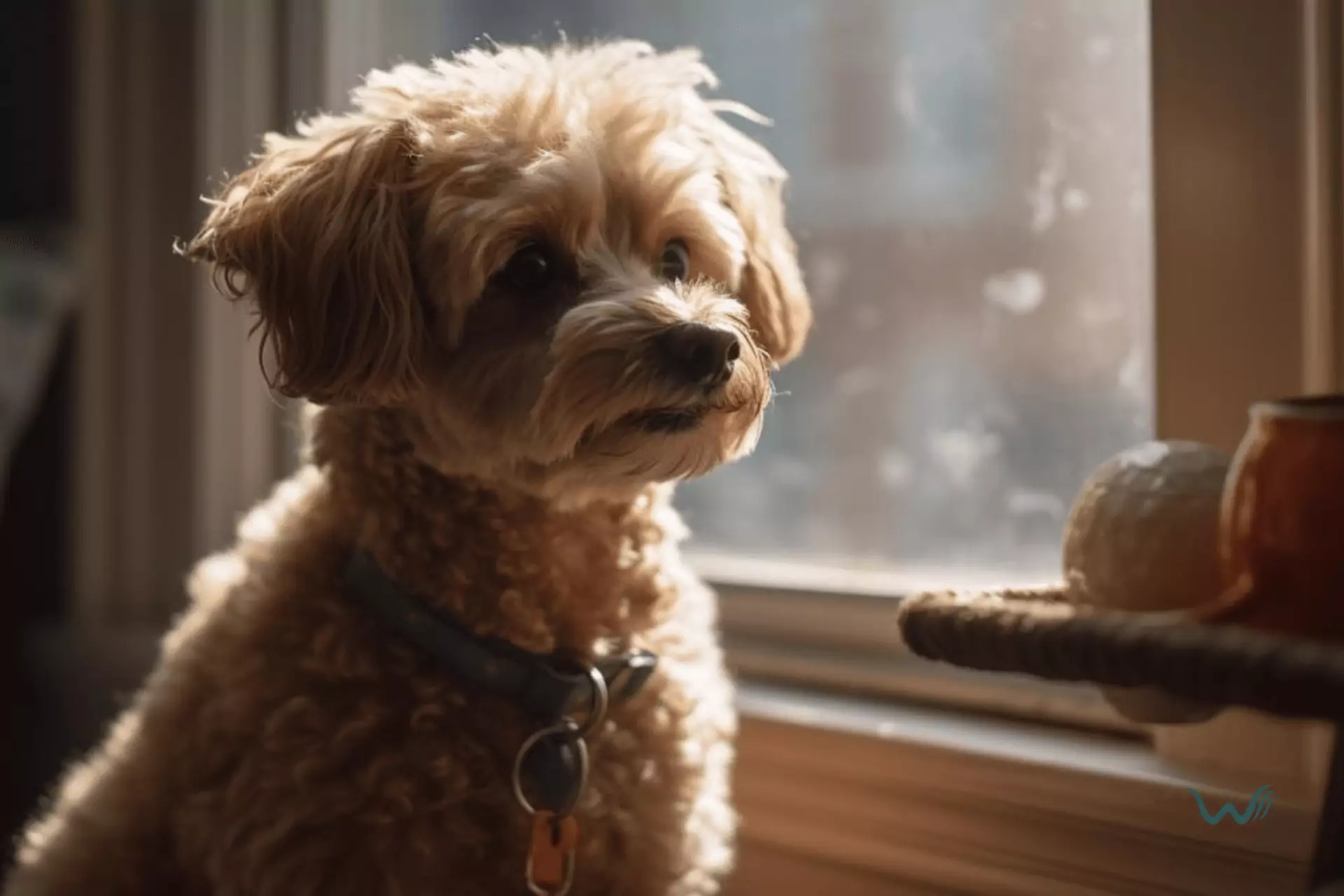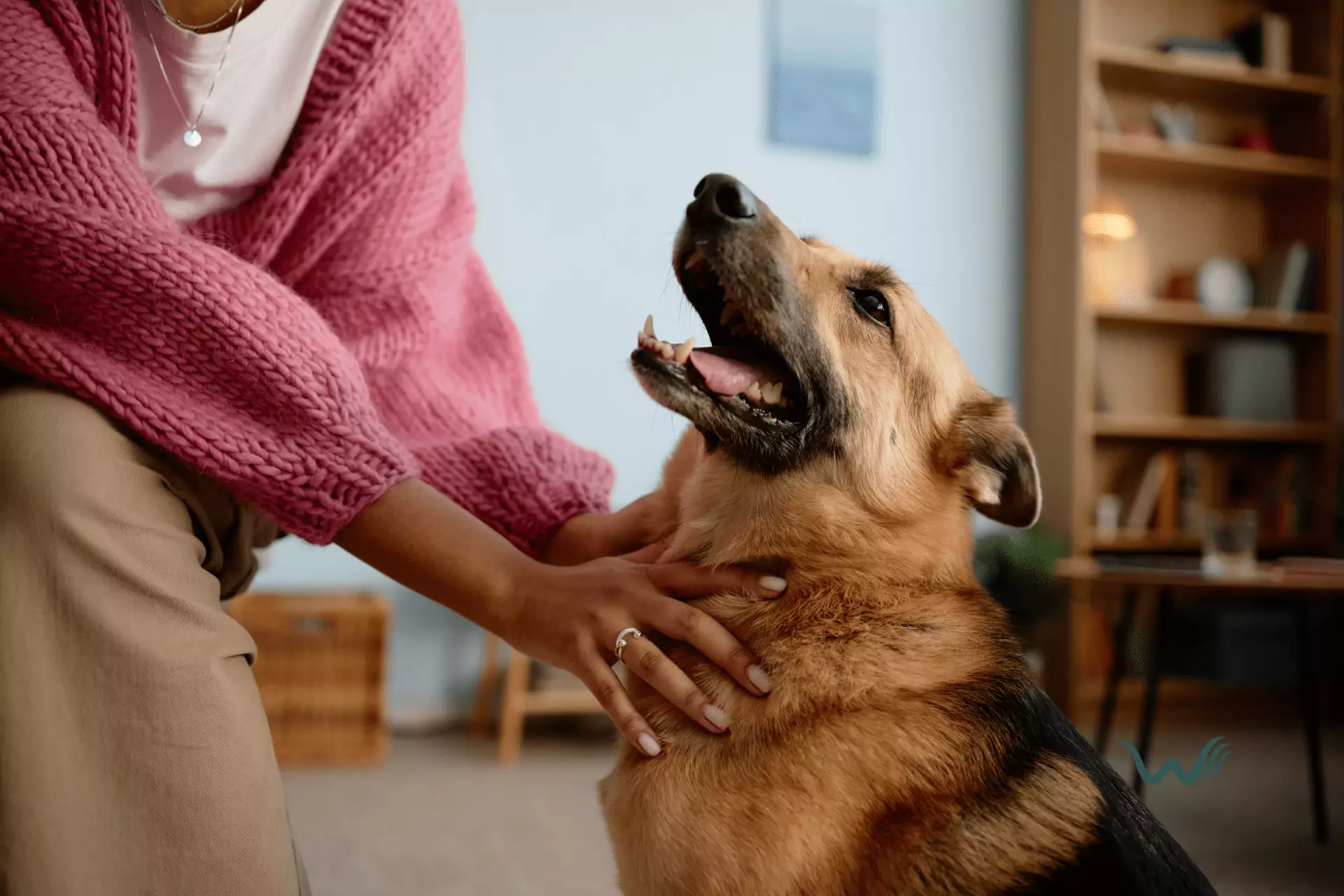

Getting To Know The Spitz Breeds
by Haley Mills
Last updated: April 20, 2024
Verified and Approved by:
Angela Morris,
MSW, LCSW
Fact Checked

The Spitz breeds are a group of dog breeds with a rich history and unique characteristics. Originating from the Arctic regions, these dogs were bred for their cold-weather resilience and working abilities. They are known for their thick double coats, pointed ears, and bushy tails, which give them a striking appearance.
This article will explore the history, physical characteristics, temperament, training needs, and common health issues of the Spitz breeds, providing you with a comprehensive understanding of these fascinating dogs.
The history of the Spitz breeds can be traced back thousands of years. These dogs were originally developed by indigenous people in the Arctic regions, such as the Sami people of Scandinavia and the Inuit people of North America. They were primarily used for various tasks, including herding, hunting, sled pulling, and guarding.
Over time, different breeds with similar characteristics emerged, including the Alaskan Malamute, Siberian Husky, Akita, and Pomeranian. Today, these breeds are beloved by dog enthusiasts worldwide for their beauty, intelligence, and loyalty.
History and Origins of the Spitz Breeds
The history and origins of the spitz breeds are fascinating, as they trace back thousands of years and have been a beloved part of various cultures worldwide.
The spitz breeds, which include dogs such as the Siberian Husky, Alaskan Malamute, and Pomeranian, are known for their thick double coats, erect ears, and curled tails. These distinctive features are believed to be evolutionary adaptations that helped these dogs survive in harsh climates.
The spitz breeds have a rich history that dates back to ancient times. They were originally developed by indigenous people in the Arctic regions, such as the Inuit and Sami tribes, who relied on these dogs for transportation, hunting, and companionship. The spitz dogs were highly valued for their ability to pull sleds over long distances and their endurance in extreme weather conditions.
In addition to their practical uses, the spitz breeds also hold cultural significance in many societies. For example, the Siberian Husky is deeply rooted in the culture of the Chukchi people of Siberia, who considered them sacred and believed they possessed spiritual qualities. On the other hand, the Alaskan Malamute played a vital role in the survival of the Inuit people, who relied on these dogs for hunting and transportation.
Physical Characteristics and Breed Standards
Spitz breeds have distinct physical characteristics and breed standards. These breeds are known for their thick double coats, which provide insulation and protection from harsh weather conditions. Grooming requirements vary depending on the type of coat, but most spitz breeds require regular brushing to prevent matting and keep their coats looking healthy.
Some spitz breeds, such as the Akita and Chow Chow, have a dense, plush coat that requires more frequent grooming to prevent tangling and matting. Others, like the Alaskan Malamute and Siberian Husky, have a thicker, longer coat that sheds heavily during certain times of the year.
Despite their different coat types, all spitz breeds have a similar grooming requirement of regular nail trimming, ear cleaning, and dental care.
In terms of size and weight, spitz breeds come in a variety of variations. The smallest of the spitz breeds is the Pomeranian, which typically weighs between 3 to 7 pounds. On the other end of the spectrum, the Alaskan Malamute and the Samoyed can weigh up to 100 pounds or more. Other spitz breeds, such as the Shiba Inu and Finnish Lapphund, fall somewhere in between, weighing around 20 to 40 pounds.
Temperament and Personality Traits
These breeds, which include the Akita, Alaskan Malamute, and Samoyed, are known for their socialization and adaptability. They have a strong desire to be part of a pack and are generally friendly and affectionate towards their family members. However, they can be wary of strangers and may require early and consistent socialization to ensure they’re comfortable in new situations and with new people.
In terms of communication and vocalization tendencies, the spitz breeds are known for their expressive nature. They have various vocalizations, from barks and howls to grumbles and mumbles. This resulted from their history as working dogs, where they were often required to communicate with their human handlers over long distances. While this can be endearing to some, it’s important to note that excessive barking or howling can be a nuisance to neighbors and may need to be addressed through training and proper exercise.
Training and Exercise Needs
These intelligent and active dogs thrive on mental stimulation and enrichment. They have a strong desire to learn and please their owners, making them highly trainable. However, it’s important to remember that each spitz breed is unique and may have slightly different training needs. To ensure a well-rounded and obedient spitz, providing them with mental stimulation and enrichment is crucial. This can be achieved through various activities such as obedience training, puzzle toys, and interactive games.
Spitz breeds are known for their high energy levels, so regular exercise is a must. Daily walks, runs, or play sessions in a securely fenced yard will help burn off their excess energy and prevent boredom. Additionally, incorporating activities like agility training or hiking can provide them with the physical and mental challenges they crave.
Training also plays a crucial role in building a strong bond with your spitz. These breeds are highly loyal and enjoy working alongside their owners. Consistent and positive reinforcement training methods, using rewards such as treats or praise, are highly effective with spitz breeds. Training sessions should be short and engaging, focusing on positive experiences. This will not only help them learn commands and behaviors but also strengthen the bond between you and your furry friend.
Are Nova Scotia Duck Tolling Retrievers Considered a Spitz Breed?
Yes, the Nova Scotia Duck Tolling Retriever is indeed considered a Spitz breed. With their distinctive appearance and characteristics such as a fox-like face, thick double coat, and bushy tail, they share many of the traits commonly associated with Spitz dogs.
Are Spitz Breeds Generally Good with Cats?
Spitz breeds are known for their independent nature and may not always be cat friendly. However, with early socialization and proper training, many Spitz breeds can coexist peacefully with cats. Providing them with plenty of exercise and mental stimulation can also help them get along well with feline housemates. When traveling with pets, follow these cat friendly hotel tips for a smooth stay.
Common Health Issues and Care Requirements
Nutrition and dietary needs play a crucial role in spitz breeds’ overall health and well-being. These dogs require a balanced diet that is rich in protein and essential nutrients. It’s important to feed them high-quality dog food that’s specifically formulated for their size and age. Additionally, spitz breeds are prone to certain health issues such as hip dysplasia, eye problems, and allergies. Regular visits to the veterinarian for check-ups and vaccinations are necessary to ensure their health’s in optimal condition.
Grooming and coat care are also essential aspects of caring for spitz breeds. These dogs have thick, double coats that require regular brushing to prevent matting and tangling. They shed heavily twice a year, known as “blowing coat,” during which extra grooming is necessary to remove the dead fur.
Brushing them and most dog breeds at least once a week is recommended to keep their coats clean and healthy. Additionally, spitz breeds should be bathed as needed, and their nails should be trimmed regularly to prevent overgrowth. Proper grooming keeps them looking their best and helps maintain their overall health and hygiene.
Frequently Asked Questions
How much do Spitz breeds typically shed?
Spitz breeds typically shed heavily twice a year. During this time, they shed their undercoat. Regular brushing, grooming, and a healthy diet can help manage shedding.
Are Spitz breeds good with children?
Spitz breeds can be good with children if they are trained and socialized properly. Positive reinforcement methods and early exposure to kids can help these breeds develop a good temperament around children.
Can Spitz breeds be left alone for long periods?
Spitz breeds may experience separation anxiety when left alone for long periods of time. To prevent boredom, they require regular exercise. Providing mental stimulation and interactive toys can also help alleviate their anxiety.
Are there any specific dietary requirements for Spitz breeds?
Spitz breeds have specific dietary requirements to meet nutritional needs and maintain weight. It’s important to provide a balanced diet with high-quality protein, healthy fats, and moderate carbohydrates. Consult with a veterinarian for personalized recommendations.
Do Spitz breeds require regular grooming?
Yes, regular grooming is essential for spitz breeds. Their thick double coats require brushing several times a week to prevent matting. Additionally, socialization is crucial to prevent behavioral issues, and common health issues include hip dysplasia and eye problems.
Certify Your Emotional Support Animal Today

Why You Can Rely on Us?
At Wellness Wag, we believe your pet deserves care rooted in both science and compassion. Each article is carefully researched, written in clear language for pet owners, and then reviewed by qualified professionals to ensure the information is evidence-based, current, and practical for real-life care. Our goal is to help you feel confident in making informed decisions about your pet’s health and well-being.
Reviewed by
Angela Morris, MSW, LCSW
Angela is a licensed clinical social worker with 20 years of experience in patient advocacy and community mental health. She has assisted numerous clients with ESA evaluations and brings a deep understanding of disability accommodations, ensuring that all information is accurate, supportive, and practical.

Written by :
Haley Mills
Last Updated :
April 20, 2024












